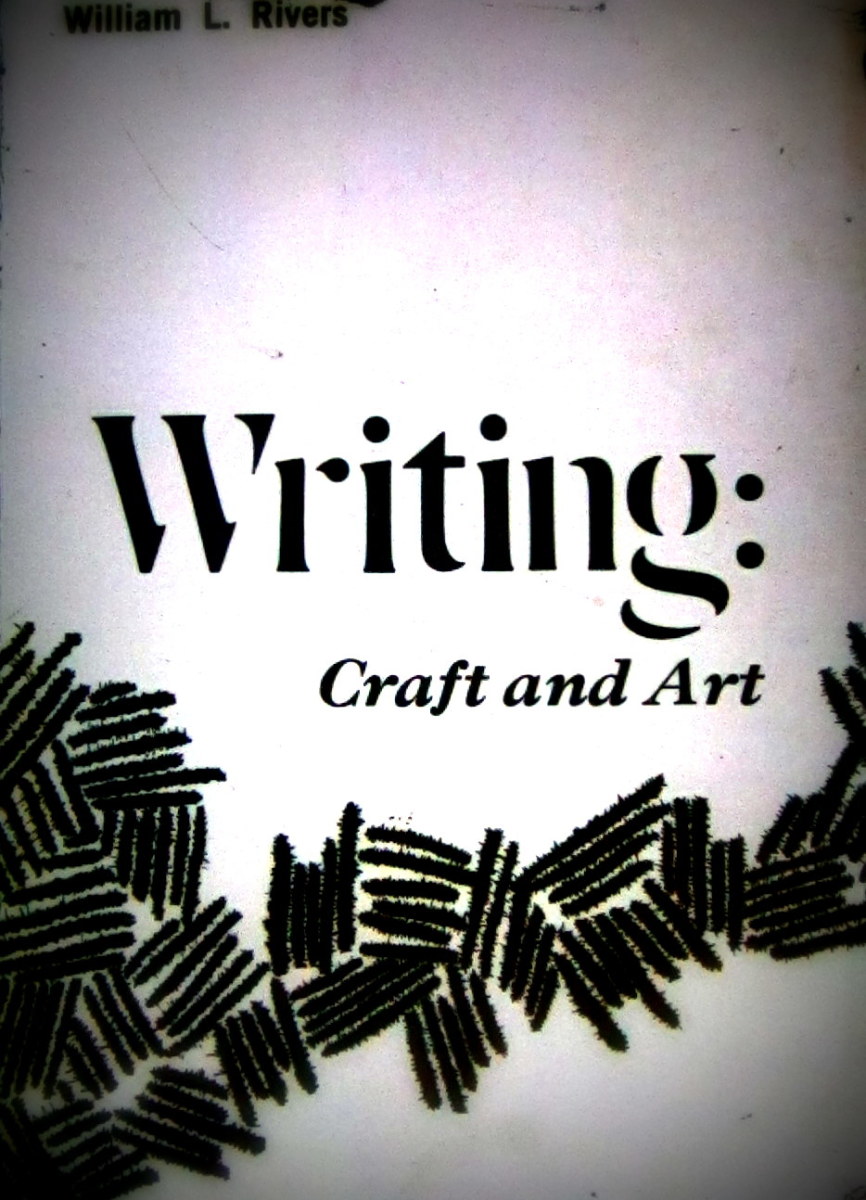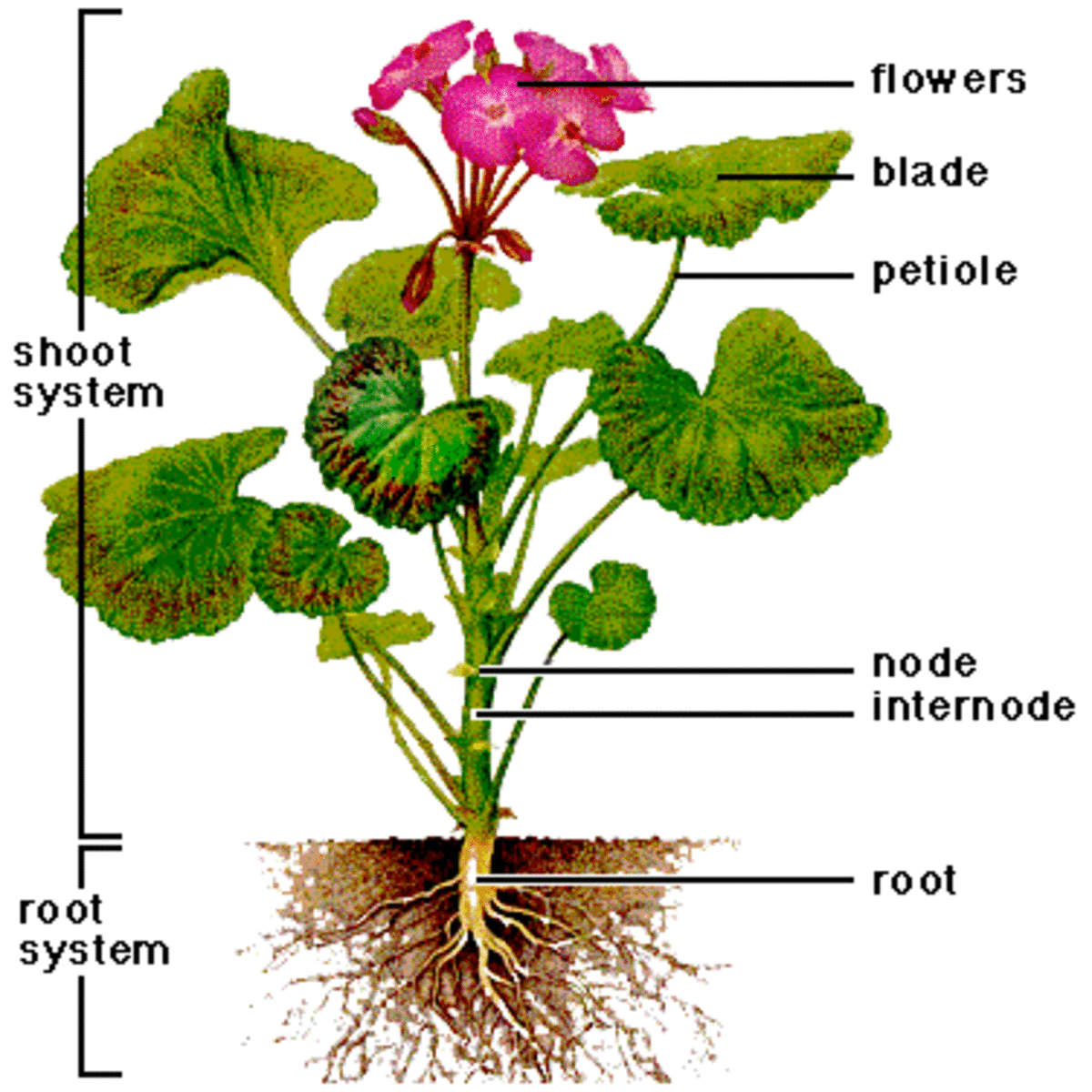Teaching Kids To Write Short Stories
Writing short stories is a way of improving one's command of the language. In most cultures where English is not the primary dialect, one of the best ways to improve fluency and communication skills is by writing and reading something that's interesting and catchy.
Why Short Stories?
When it comes to literature, poems, prose, and novels also come into consideration. However, short stories have specific advantages that others don't have. For one, short stories convey a writer's emotions, beliefs, or ideals. It takes a lot lesser time to accomplish, but it can very well be capable of provoking emotions and mental stimulation. Children, in particular, are able to gain focus by concentrating on a single topic in which their curiosity is peaked.
Benefits of Reading Short Stories to Children
Before encouraging kids to write, they should be taught to read and comprehend. This is the reason why some schools allot a certain amount of time in teaching reading comprehension. By starting early, the job of teaching a child to write gets easier.
![By Kyle Kesselring (Sleestak66) (Flickr) [CC-BY-2.0 (http://creativecommons.org/licenses/by/2.0)], via Wikimedia Commons By Kyle Kesselring (Sleestak66) (Flickr) [CC-BY-2.0 (http://creativecommons.org/licenses/by/2.0)], via Wikimedia Commons](https://usercontent1.hubstatic.com/7207724_f520.jpg)
The advantages of reading children short stories and encouraging them to read are the following.
1. Concentration. As mentioned above, by giving kids short stories to read, it gives them an idea on how to plot, develop a character, describe a setting and incorporate a meaningful and educational value to it.
2. Reading Comprehension. It has been said that children (even adults) who have low scores on the English subject are most likely to have difficulties in understanding it. By starting with short stories, to which children have an affinity to, their minds are introduced to taking in the meaning of the words and how they mesh with each other to portray an event.
3. Socialization. The act of sharing the story with their friends or talking about it enthusiastically to others dramatically increases a child's socialization skills.
4. Morals and Beliefs. It is easier for children to understand right and wrong through parables than having them read a bunch of rules. Short stories show effects and consequences in a level kids can relate to. A rule book won't.
![By Tasylda Putri (Own work) [CC-BY-SA-3.0 (http://creativecommons.org/licenses/by-sa/3.0)], via Wikimedia Commons By Tasylda Putri (Own work) [CC-BY-SA-3.0 (http://creativecommons.org/licenses/by-sa/3.0)], via Wikimedia Commons](https://usercontent1.hubstatic.com/7207760.jpg)
The Significance of Teaching Children to Write Short Stories
Writing short stories can greatly improve a child's communication skills. To teach them this creative outlet is a mentor's accomplishment and contribution to society. Here are just some of the reasons why it is important on a personal level.
1. Confidence. Writing, like any other skill or talent, is a gift. Some have been born with it, but it still takes practice to be able to write the perfect piece. By writing stories, children gain confidence in their works.
2. Learning How to Use Words Meaningfully. Short story writers are able to make every word count.
3. Correct Grammar and Spelling. Expect at first that word selection and proper word usage will be difficult. Rest assured that it will improve through time.
4. Curiosity and Imagination. Short stories can come in different unimaginable plots- with vivid settings, unique characters and emotionally moving events. Allowing a child this freedom is the key to unlocking his creativity.
![By Stilfehler (Own work) [GFDL (http://www.gnu.org/copyleft/fdl.html) or CC-BY-SA-3.0-2.5-2.0-1.0 (http://creativecommons.org/licenses/by-sa/3.0)], via Wikimedia Commons By Stilfehler (Own work) [GFDL (http://www.gnu.org/copyleft/fdl.html) or CC-BY-SA-3.0-2.5-2.0-1.0 (http://creativecommons.org/licenses/by-sa/3.0)], via Wikimedia Commons](https://usercontent1.hubstatic.com/7207802_f520.jpg)
Basic Guidelines in Teaching Children to Write Short Stories
Now that the benefits of both reading and writing short stories are tackled, involvement is the next step. To start with, here are some ways to improve one's methods in teaching.
1. Brainstorming Sessions. Before anything else, give the child some time to ponder on different story/plot ideas. Make him list at least 5 to 15 ideas in 15 minutes. Once the first 15 minutes is up, ask him to select his favorite ones and have him discuss it with you and/or his group mates.
2. Character and Setting Development. Now that he's decided as to what plot to focus on, the next thing to consider is how his character would look like, act like and be like.
For the setting of the story, have him imagine a place where he wants the story to happen. Remind him to consider the tiniest details and the other senses aside from visual descriptions.
3. Point of View. Is the story better written in the first, second or third person point of view?
4. Rough Draft. Since the main aspects of the story are settled, he can now start writing the first draft.
![Bundesarchiv, Bild 183-18195-0003 / CC-BY-SA [CC-BY-SA-3.0-de (http://creativecommons.org/licenses/by-sa/3.0/de/deed.en)], via Wikimedia Commons Bundesarchiv, Bild 183-18195-0003 / CC-BY-SA [CC-BY-SA-3.0-de (http://creativecommons.org/licenses/by-sa/3.0/de/deed.en)], via Wikimedia Commons](https://usercontent1.hubstatic.com/7207772_f520.jpg)
5. Peer Review. A mom can ask the child's siblings to provide relevant suggestions politely. Teachers can have their students paired with another classmate to help in pitching in ideas to further improve the story's write-up. It is even better if the student is encouraged to share his story out loud.
6. Mentor's Comments and Suggestions. A mentor's job isn't over yet. Read the story and provide constructive criticisms. Prioritize the development of the plot rather than on spelling and grammar corrections. Provide room for further creativity (like setting descriptions and character expressions) as editing and polishing will follow easily.






